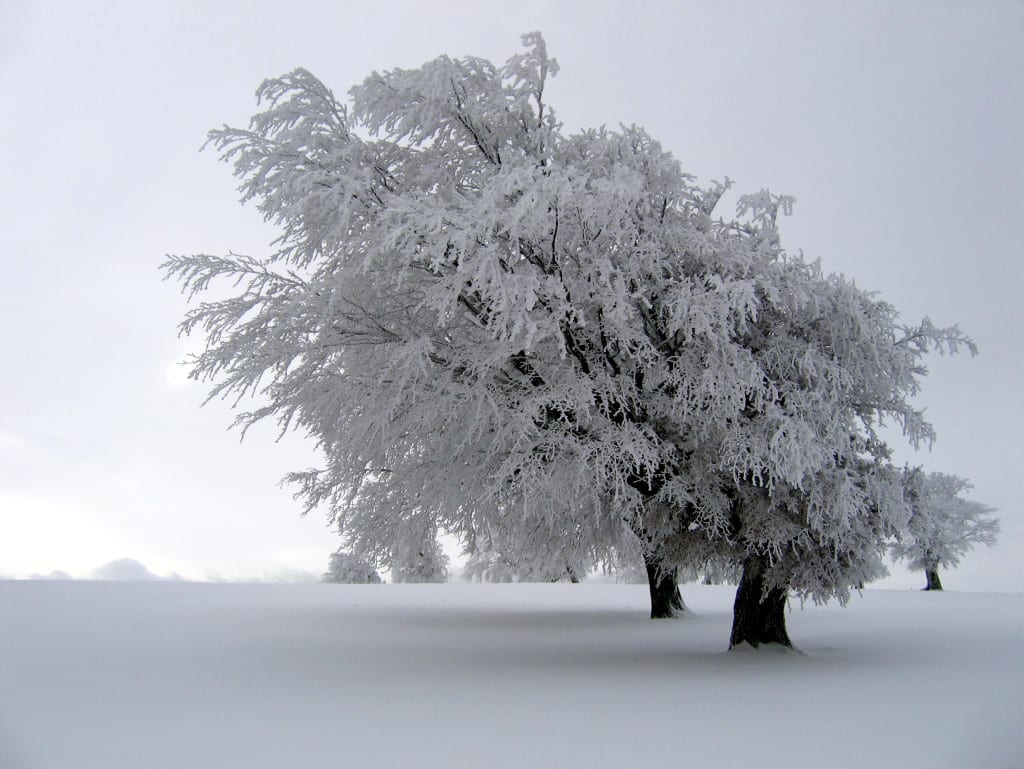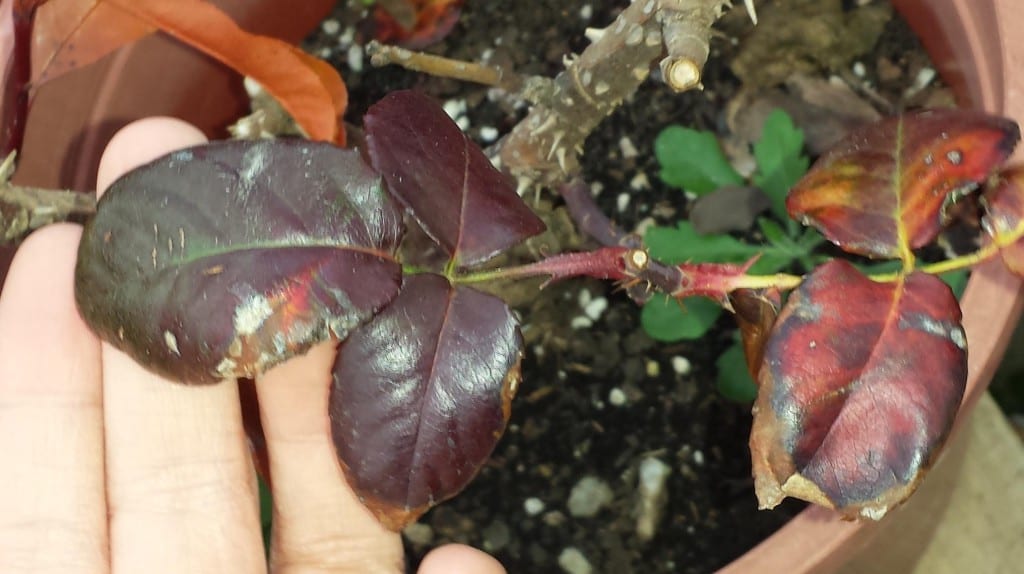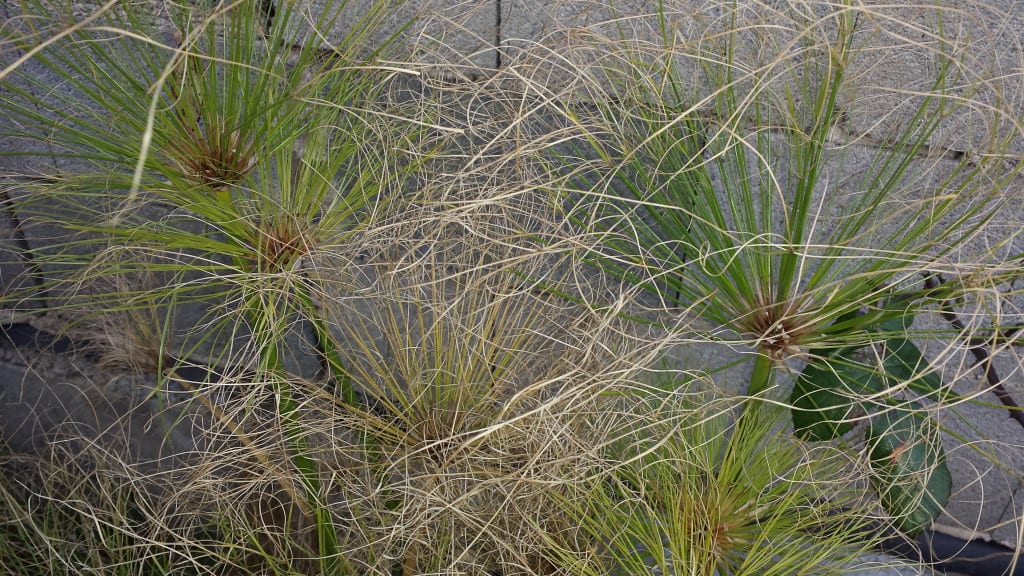
With the arrival of good weather is when we can start to see the effects of cold on our plants. Although we have very resistant plants in our garden or balcony, if they are of recent acquisition or if they were planted last year in the ground, it is likely that they have had a bit of a bad time.
But how do they show it?
Each type of plant reflects it in a different way, which is why these signals are varied. For example:
Purple leaves

As an example of a plant that changes the color of its leaves we have the rose bushes which are shrubs whose flowers are simply wonderful. They are very rustic plants that withstand sub-zero temperatures without problems. But when it is the first time they face a frost, however weak it may be, this is the result. Leaves that turn purple more typical of deciduous trees than of a flowering plant, and may end up falling if the snowfall intensifies.
Dry leaves

The papyrus of Egypt (Cyperus papyrus), the first cool winter does not have a very good time. Although it supports three degrees below zero, its ideal comfort temperature is above 0 degrees. A simple morning frost makes its leaves can become dry.
Curious behaviors of succulents

Succulents are very grateful plants, but if the winter is very harsh they need extra protection to be able to overcome it. They try to change their behavior in several different ways. Some, such as the aloe dichotoma that you see in the photo above, is making the color of its leaves intensifies even more; some echeverias can be closed in such a way that they protect the center of the plant.
Yellow dots

What you see here is a sheet of Cyca revoluta with the characteristic yellow dots after having had a frost. It is something completely normal and should not worry us, since it is a very rustic species that supports intense frosts.
If you have a plant that is getting cold and is very on the edge, do not hesitate to introduce it inside your home until the temperatures improve. But if they are plants that can live without problems in your area, don't worry; you'll see how they end up recovering smoothly.
Hi, a query, the succulents in my house are getting yellow spots on the stem. Could that be because of the cold?
Hi Yendry.
It is probable. It is important to avoid putting them near drafts so that they can continue to grow well.
A greeting.
Hello, I have an orchid that when I bought it had many flowers, it never bloomed again and today after 3 or 4 years I moved to another house and put it outdoors, the leaves turned purple and the 2 flower stems are full of bontons and they are blooming. Why is it that the leaves have turned purple? How can I help the plant to improve and flower more often?
greetings and congratulations for the page
Hello marisol.
If the leaves have turned purple, it is likely that it has been in direct sunlight or through the window, or because it has passed or is feeling cold.
In any case, my advice is to put it in a room where a lot of natural light enters, but does not reach it so directly. It would also be important that it was protected from drafts (both cold and warm).
To make it bloom more often, you can fertilize it in spring and summer with a special fertilizer for orchids following the instructions specified on the package. You will find it in nurseries and garden stores.
A greeting.